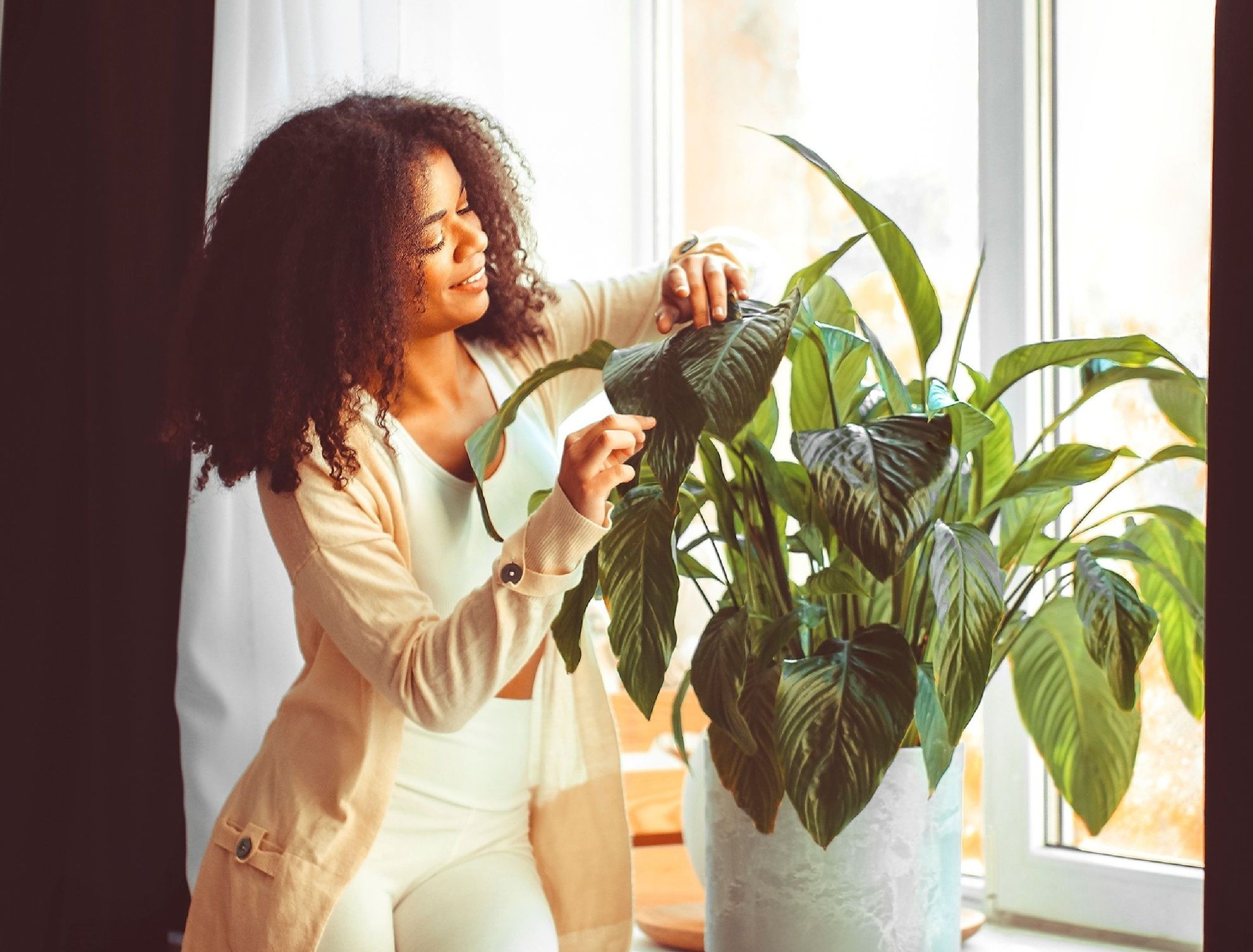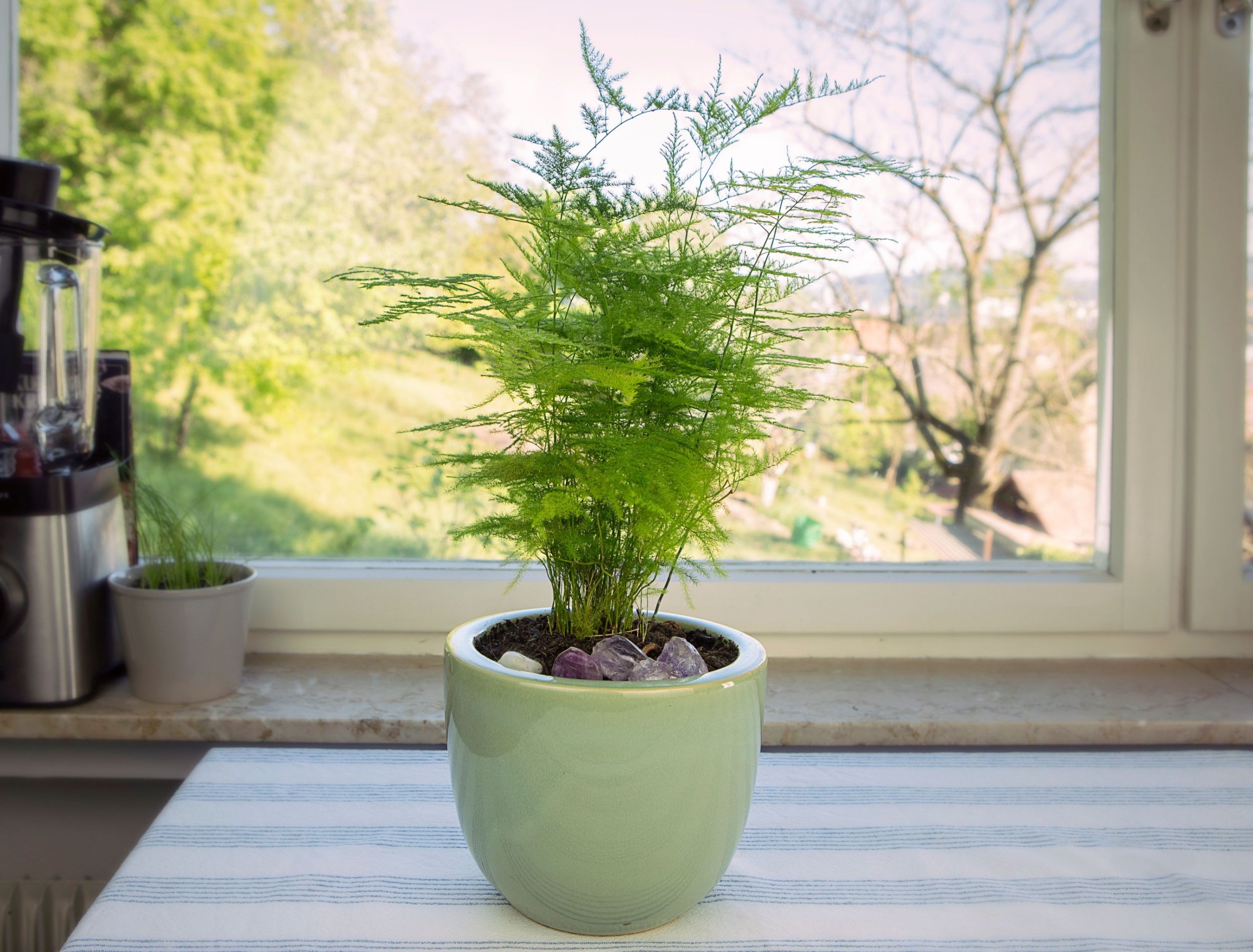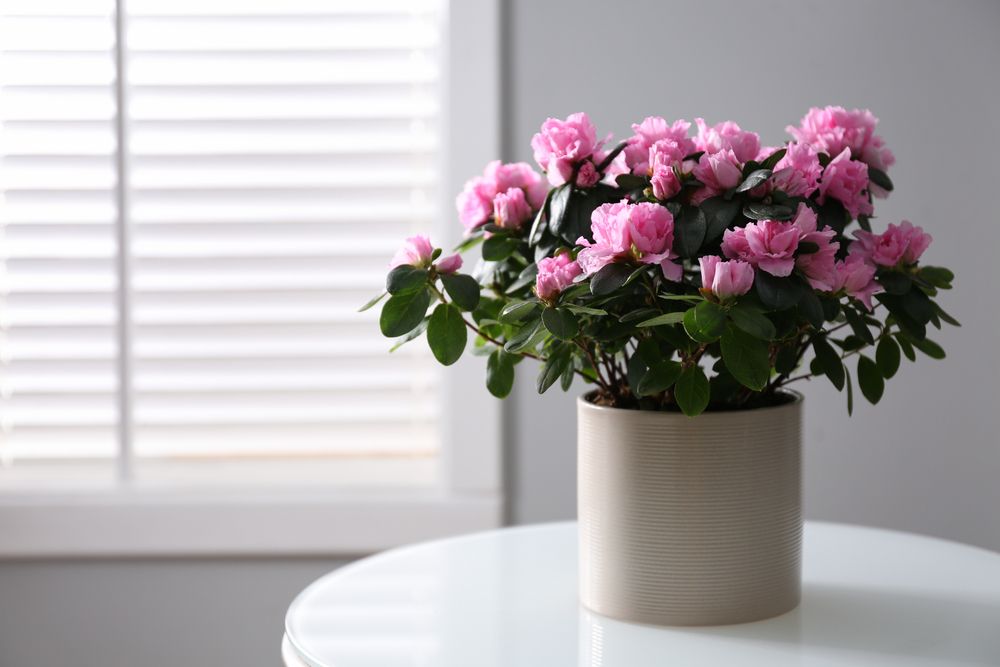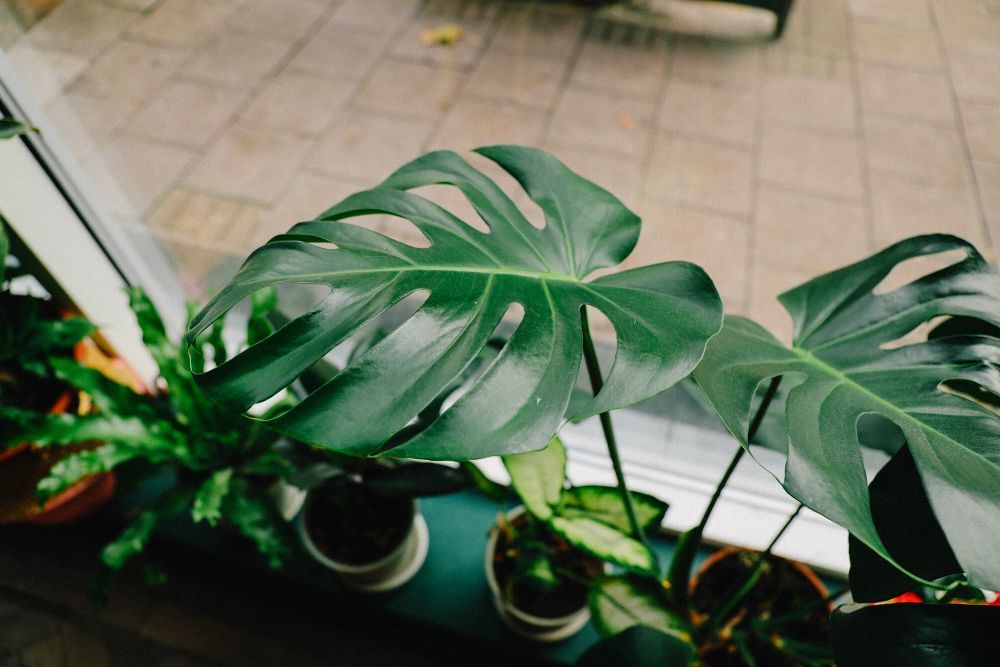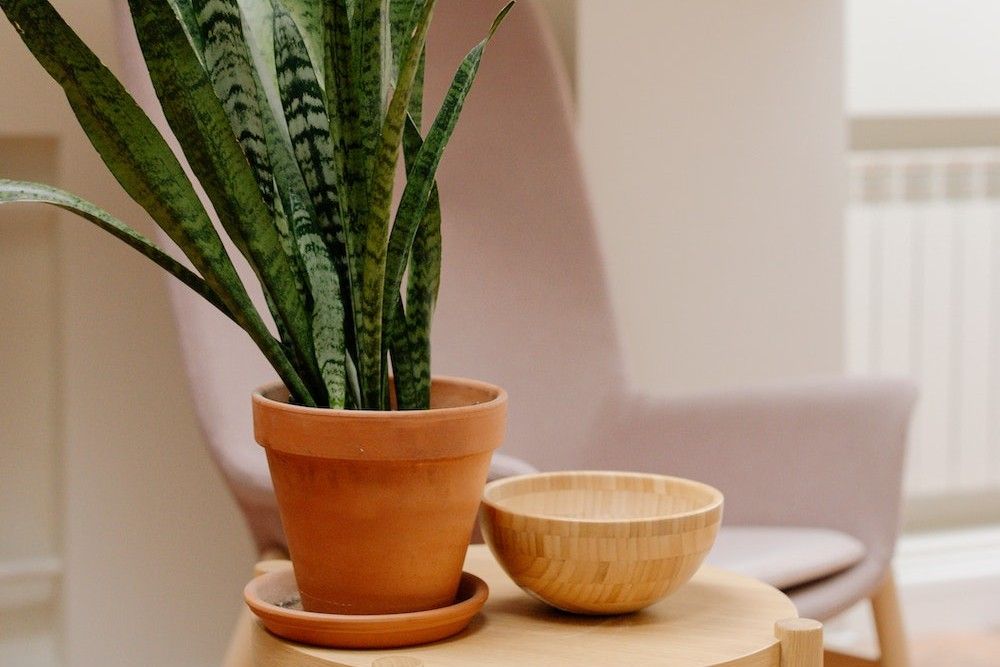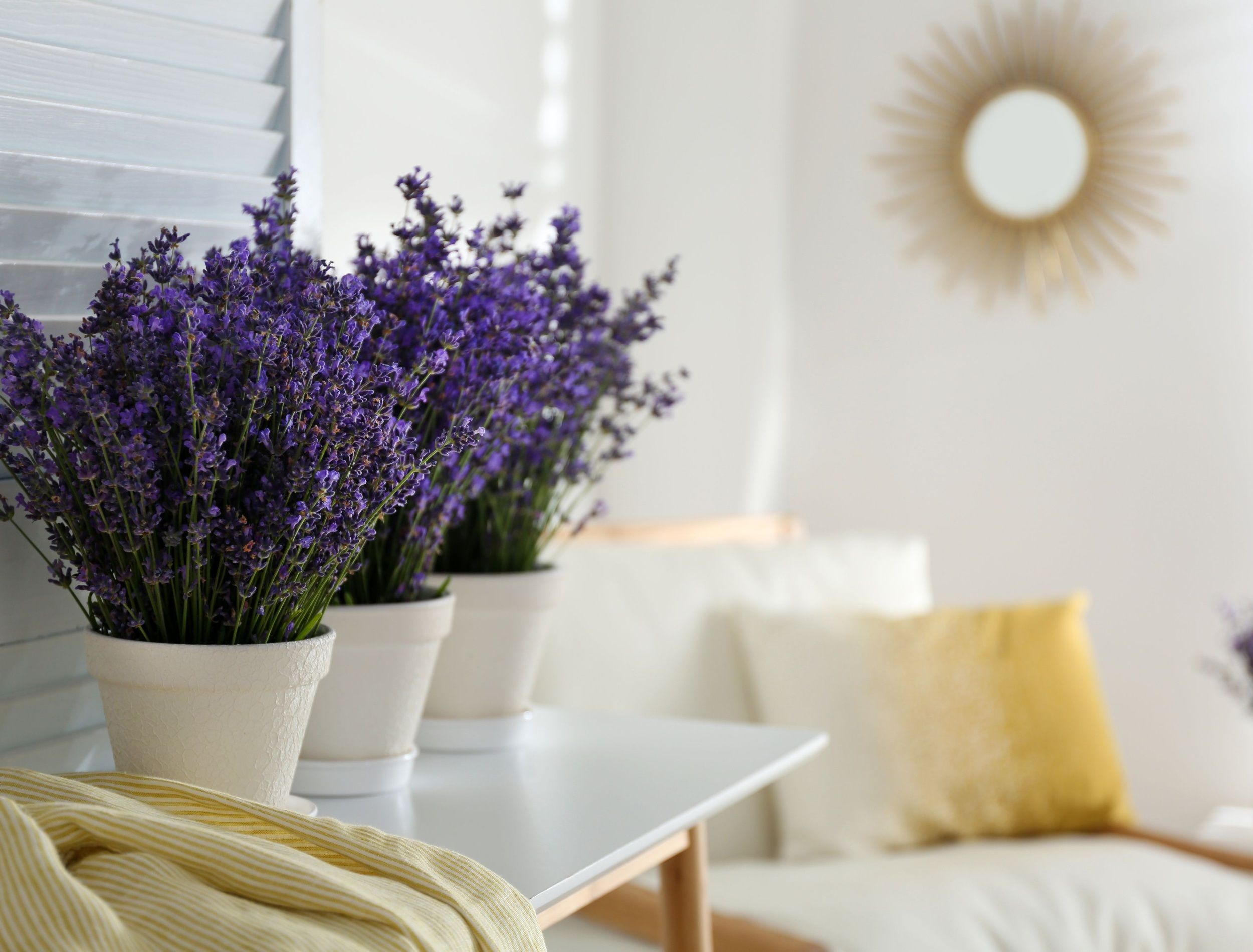Do you ever feel your houseplants look sad and unfulfilled, their leaves drooping toward the ground? Are they failing to produce that vibrant green glow in your living space? Don't just blame it on inconsistent watering -- you might need to check if they've had a good rotation recently.
Rotating your houseplants can be essential for maintaining their health and helping them reach their full potential. Below you'll see why rotation is necessary and learn how to do it right!
Why You Should Rotate Your Houseplants
Image credits: SaskiaAcht via Shutterstock
House plants are a great way to liven up your home, but if you don't take the time to rotate them, they won't be as healthy as they could be. Rotating them regularly helps ensure all sides get equal exposure to sunlight, resulting in even growth.
Plants naturally grow toward sunlight, so regular rotation is key if you want them to stay balanced. It prevents one side from becoming overgrown while the other remains stunted. Not only does this make for an aesthetically pleasing look, but it's also proof that your plants are getting enough of the essential nutrients needed for proper growth and development. Aim to rotate your houseplant every few weeks.
Tips on Easy Ways to Rotate Your Houseplants
Image credits: New Africa via Shutterstock
One of the simplest solutions is to use a lazy Susan. Place your potted plants on the rotating tray and give them each a spin every few weeks. It makes it easier for you to access all sides of the plant and ensures that each side gets enough light from different angles.
If you want an even more convenient solution, put your plants on a table with casters. This way, you can roll each plant to different sides of the room so that they can get maximum sunlight exposure.
Houseplants and Light
When it comes to houseplants and light, the success of your indoor garden depends on knowing what plants do best in which light conditions. For instance, some houseplants require full sun, while others prefer shade or filtered sunlight. So, before you buy your plants, consider how much natural light they'll get in their designated spot.
Here are some houseplants that thrive in low, medium, and high light.
Low Light
Image credits: Yelena Odintsova via Pexels
If you live in a dark apartment or don't have access to direct sunlight, don't despair since many low-light houseplant varieties can thrive without bright light levels. These lush greens require significantly less light than other species.
Many of these low-light houseplants do not produce flowers. Their foliage is the focal point. However, they still make beautiful additions to your home décor, so place them in front of north windows or darker corners of the room where plenty of indirect sunlight is available.
Pothos is a popular option, with its stunning green and white variegated leaves adding texture and interest to your area. Snake plants also add a unique touch with their long, sword-shaped leaves. And the Cast Iron plant is an excellent alternative for those looking for a hardy plant that's easy to maintain.
Peace lilies are another favorite and boast attractive white flowers throughout the year. Finally, ZZ plants are perfect for adding a modern vibe to your space, thanks to their glossy leaves and tall stalks.
Medium Light
Image credits: cottonbro studio via Pexels
Place medium light-requiring plants in areas such as east-facing windows or near a west-facing window. You can also use medium-light houseplants in offices and other buildings where fluorescent lights are on all day. They thrive best when placed away from direct sunlight, and if cared for properly, they will provide you with lush green foliage that will add color and life to your space.
Rubber plants feature smooth, glossy leaves that become even more impressive as they mature. And elephant ears are tropical giants boasting oversized leaves to brighten up those darker corners.
If you're looking for something truly unique however, the Monstera's perforated Swiss cheese-like appearance is sure to draw attention from visitors! Finally, jade succulents bring a little bit of desert chic -- their thick textured leaves lasting an impressively long time when well cared for.
High Light
Image credits: New Africa via Shutterstock
High-light areas receive strong sunlight throughout the day, such as south or southwest-facing windows. Houseplants that produce flowers need a lot of light, meaning you have to provide them at least six hours per day.
From dramatic gardenias with their fragrant white blooms to elegant Ti plants and playful succulents, there is something for everyone. Gardenias are especially great because of their fragrant blossoms and glossy green leaves that add beauty and elegance to your home.
Lavender is perfect for adding a touch of calming color to your indoor space. For more unique accents, look to cacti and orchids, which require high-light conditions but are worth the effort.
Shine Bright!
With this simple and easy method of rotating your houseplants, you can provide uniform light coverage while showing extra attention to your beloved plants. Show off your home décor with decorative lazy Susans that add a little extra touch of personality to the room.
And don't forget to share this article with friends and family. After all, everyone deserves to have healthy houseplants in their home. Comment what has worked for you down below!

